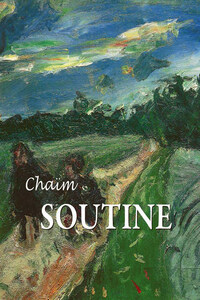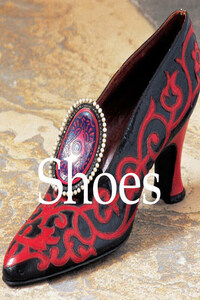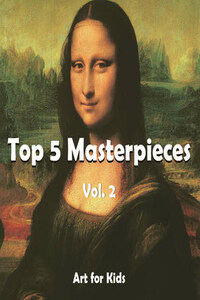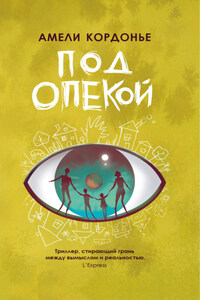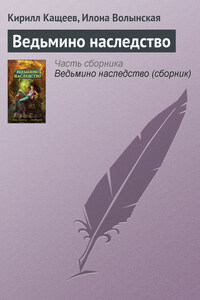Self-Portrait, c. 1918. Oil on canvas, 54.6 × 45.7 cm. The Henry and Rose Pearlman Foundation, Inc., New York; on long-term loan to the Princeton University Art Museum.
Chaim Soutine was born in 1893 (some biographies cite his year of birth as sometime after 1894) in Smilavichy, a village near the city of Minsk in the current state of Belarus, inhabited at that time by less than a thousand residents. Smilavichy lies in the former Principality of Polotsk, an urban area of the East Slavic Dregowitschi and Kriwitzen that had joined forces with other ethnic groups in the 9th century. This area formed the basis of the Old Russian state of Kievan Rus’, and belonged from the 14th-16th century to the Grand Duchy of Lithuania. In the 18th century, this region, also referred to as Ruthenia, developed hesitantly and only in the 19th century did it develop a real national consciousness. This was initially difficult, as the entire area was centrally ruled from St Petersburg and was subject to massive attempts of ‘Russification’, which included the maltreatment of the Polish upper class and the banishment of the native dialect.
In the Principality of Polosk lies the city of Minsk, founded as a fortress during the first half of the 14th century. It was first recorded in 1067 and belonged to Lithuania in the first half of the 14th century and again at the end of the 18th century, following the third of the three partitions of Poland (1772, 1793, and 1795), in which Prussia, Russia, and Austria were involved, and during which the entire state of Belarus became part of the Russian Empire. Minsk had received its town charter already in 1499. The city was dominated by the twin-towered Cathedral built in 1611, and it was surrounded by three other Christian churches and monasteries. Reflecting the high proportion of Jews within its population it also had a synagogue and at least forty Jewish houses of worship, and has been the capital of Belarus since 1919.
In the region of Minsk, there lived many East European Jews who practiced their traditional crafts, which passed on from father to son in many families, although the population has greatly decimated since then. The community remained faithful to the traditional life habits and adhered to the strict rabbinical orthodoxy – the essential characteristics of which can be found in shtetls (close-knit Jewish communities mainly found in Galicia and Eastern Europe), the Yiddish language, and Hasidism. In small towns, the Jewish inhabitants were not only tolerated but, despite intermittent persecutions, accepted. The religious and conservative Hasidim seek an internalisation of religious life, lean towards asceticism, and form a close attachment to a Rebbe (master or mentor) as God’s teacher. In the arts, Marc Chagall (1887–1985) is one of the most famous adherents of the Hasidim.
Cité Falguière at Montparnasse, c. 1918. Oil on canvas, 81 × 54 cm. Private collection, Israel.
Most buildings in Soutine’s home village Smilavichy were partially dilapidated, often next to a ramshackle picket fence enclosing a small plot with shacks that offered paltry accommodation to the large-numbered families. Under these conditions, Chaim Soutine was born sometime in 1893 – the precise date is unknown – as the tenth of eleven children. His father, Zalman Soutine, could only painstakingly feed his thirteen – member family, as he was, even for East Jewish conditions, an unusually poor jobbing tailor. His inability to provide for his family and unstable employment garnered him little respect from the rest of the shtetl community. His mother proved to be an equally difficult parent. Scarred by her harsh life, she spoke very little, not even with her children. When she had to bake the bread supply for the coming week, the children escaped, whenever possible, to avoid the constant threat of slaps.
Of his Orthodox brothers, who were older than Chaim, is only known that they always beat him severely when they found him drawing or sketching or when they found out that he had once again painted the posts or walls of the hut, because his behaviour breached the Orthodox religious commandments. How and from where little Chaim obtained his crayons or his other drawing materials at this time, is difficult to establish. In this very doctrinal congregation, painting and drawing were strictly prohibited; any artistic activity was equated with heresy and blasphemy. Chaim tried to avoid the scuffle by hiding in one of the surrounding forests and only returned home when hunger pains became intolerable.
His parents were not enthusiastic about his artistic inclinations, after all, his father had planned for him a career as a tailor or shoemaker – of course without asking him and despite his already recognisable artistic tendencies – a customary action at the time. Hardly anything is known about Chaim’s educational development. It could not have been too thorough, as later discovered, since at the age of ten his father took him as an apprentice in his workshop for around two years.
